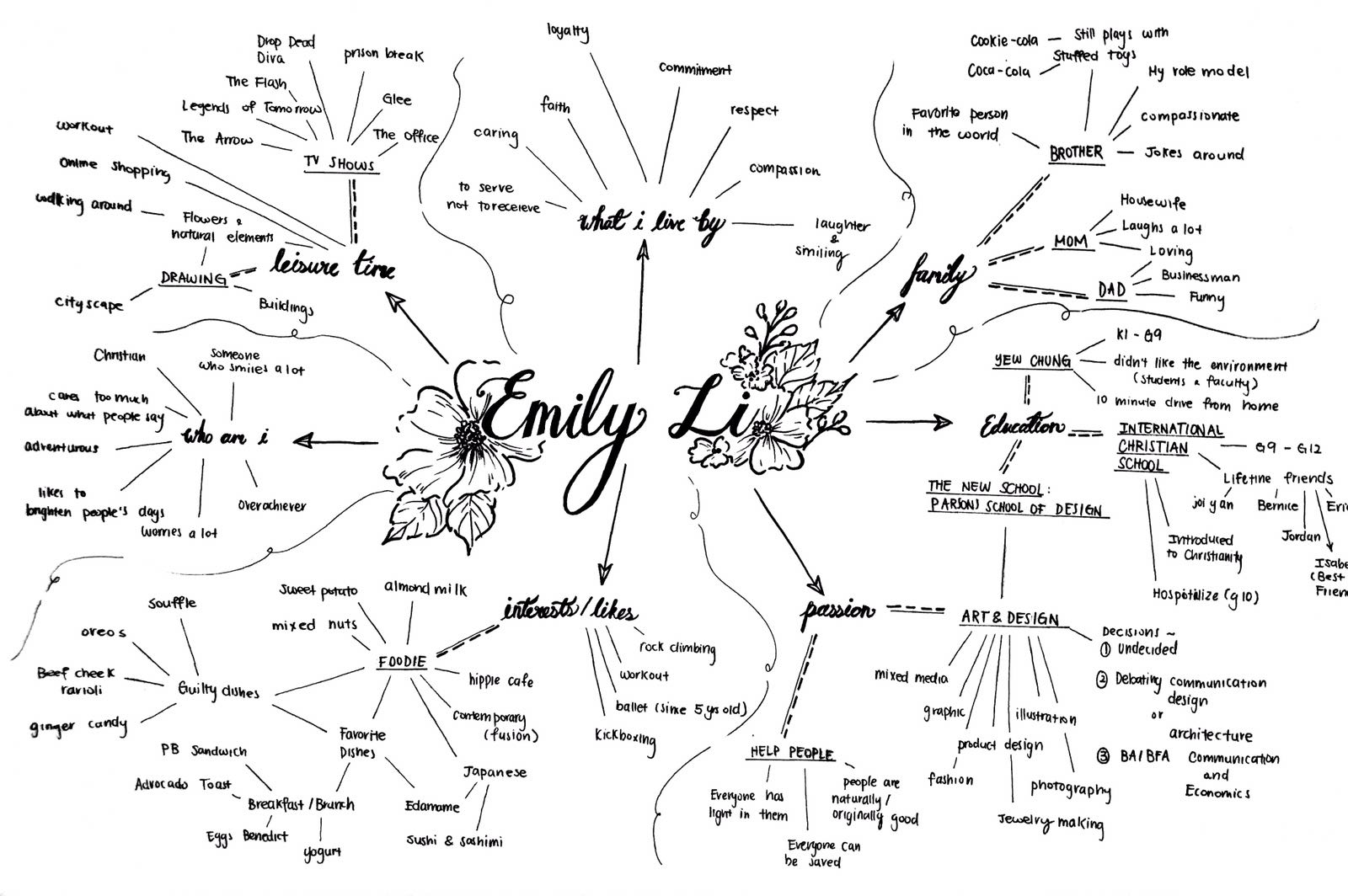Adding Projects to your Portfolio

The New School education asks that students, regardless of school or program, engage in project-based work that stems from personal and social inquiry. As a result many students produce physical projects that can be archived on the LP Workspace.
Types of Projects
Research Presentations
Several programs at the New School ask students to present research in the form of a verbal presentation. Many of these presentations involve media files such as powerpoint, keynote or links to online presentation services such as Prezi. Direct links and files may be uploaded to the LP Workspace. Archiving the actual presentation can take the form of video or audio recording. It may or may not be ideal to add the full research presentations to the LP Workspace, depending on the stage of research development and the considerations of ownership. Selecting a key diagram, writing a research abstract and reflecting on what was learned in the project is effective.
Images & Objects
This is the traditional portfolio component of the LP Workspace. Final works can be displayed in galleries and as single images. The photography of these works is of the upmost importance. Consider lighting, multiples angles, background and slight digital editing. Taking clear documentation is a professional skill.
Time-Based Media
Audio, film, video and animation can be presented with links to hosting platforms such as youtube, vimeo and sound cloud. These links should be placed in context with a description. For example, an audio work of found sound may be explained with writing about the composition of the work or it’s intention. Using stills to present time-based media is also an effective solution as stills and captions can build a clear sense of sequence and narrative. Reflection may address plot, pacing, and framing. Stills allow pause to discuss choices made throughout the work’s progression.
Recorded Music
Music can be captured directly on the LP Workspace or linked to online audio platforms such as sound cloud. Full works or selections can be added. Decide if sharing a full piece or a short selection is ideal. In either case adding description and reflection on the work makes clear the learning that occurred. For example in learning a piece of music, techniques evolve and can be examined through writing. Present an original composition along with drafts of the compositions and writing about the inspiration behind the work.
Live Performance
Live performance is temporary and archiving presents several opportunities. Determine if it is appropriate to share elements of script or score. Possible documentation of the performance includes video selections, as well as photography of key moments. The use of description and reflective writing frames the context/ venue of performance, individual role and audience perceptions.